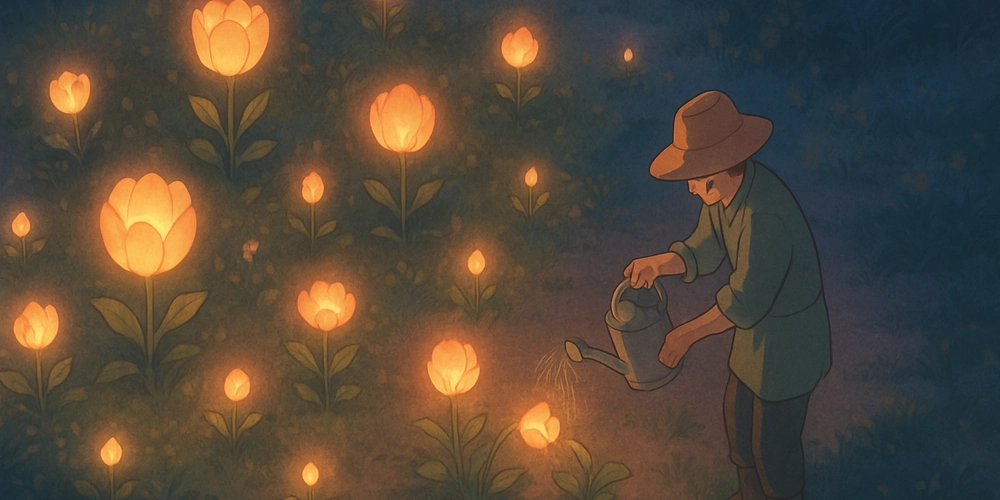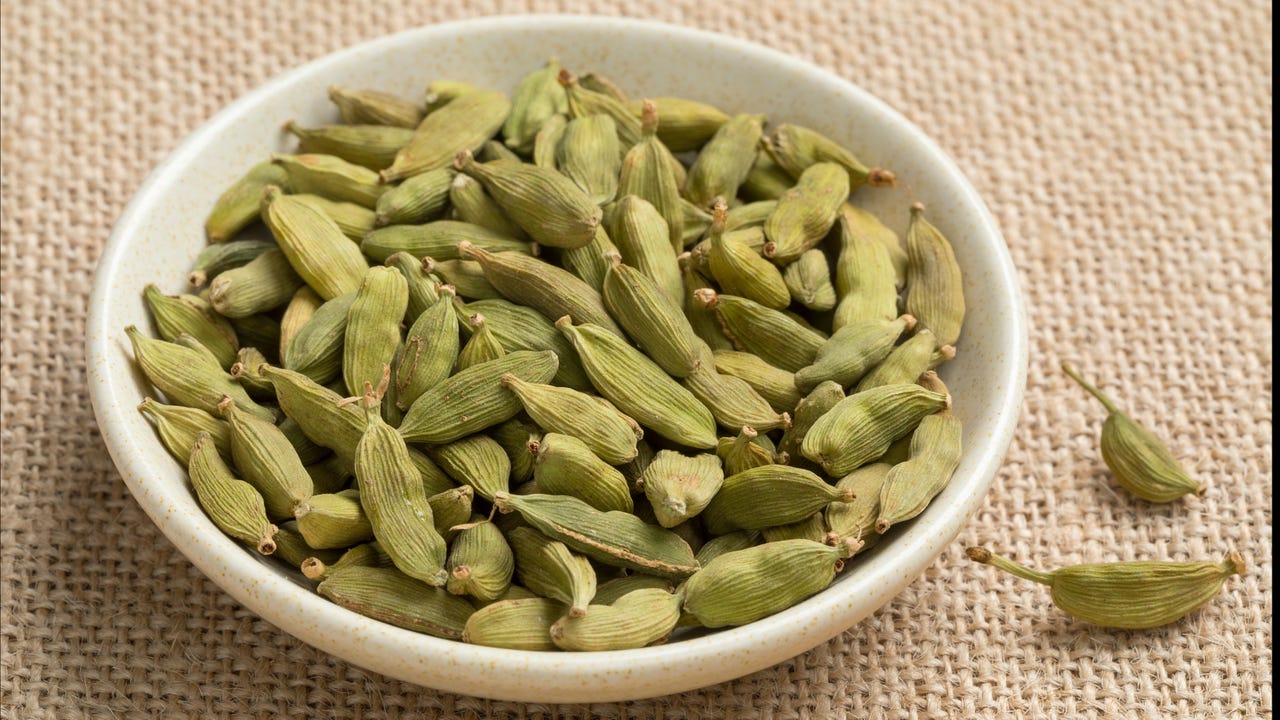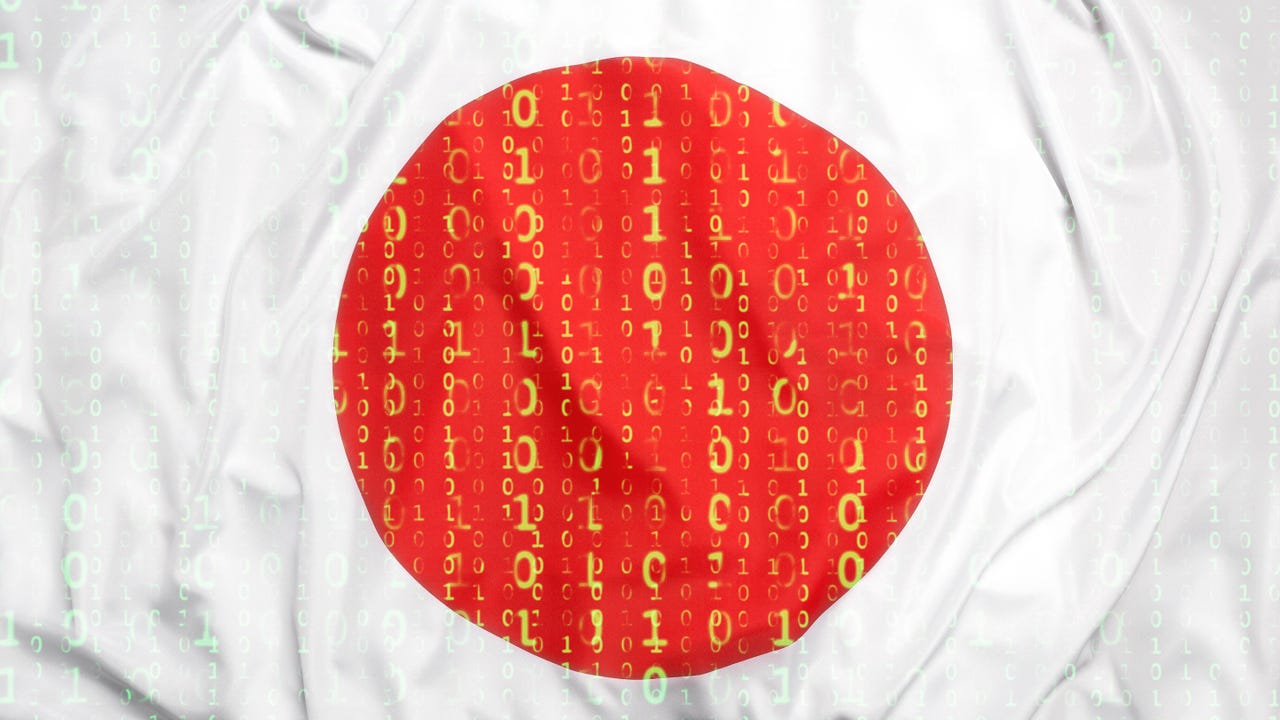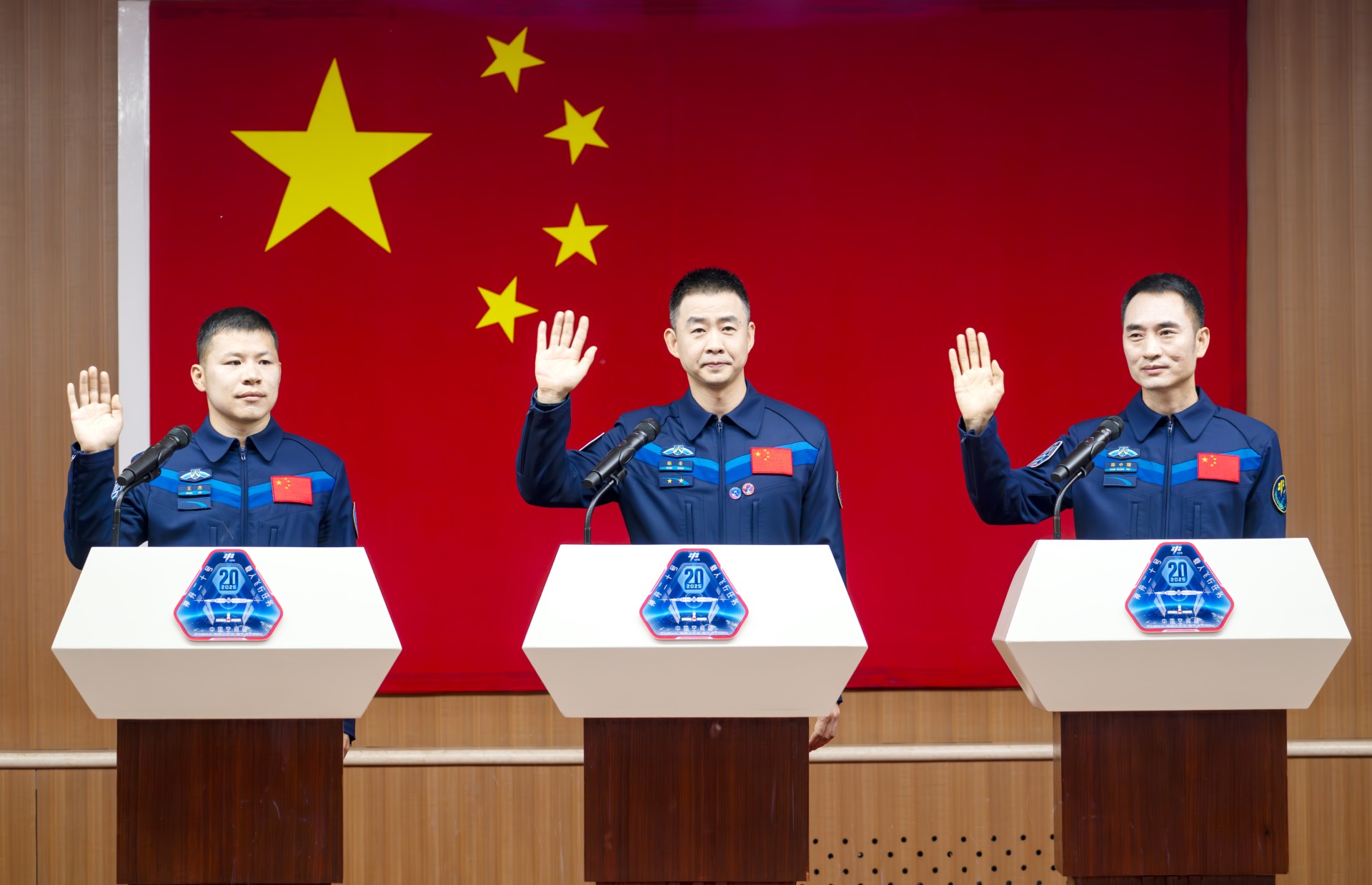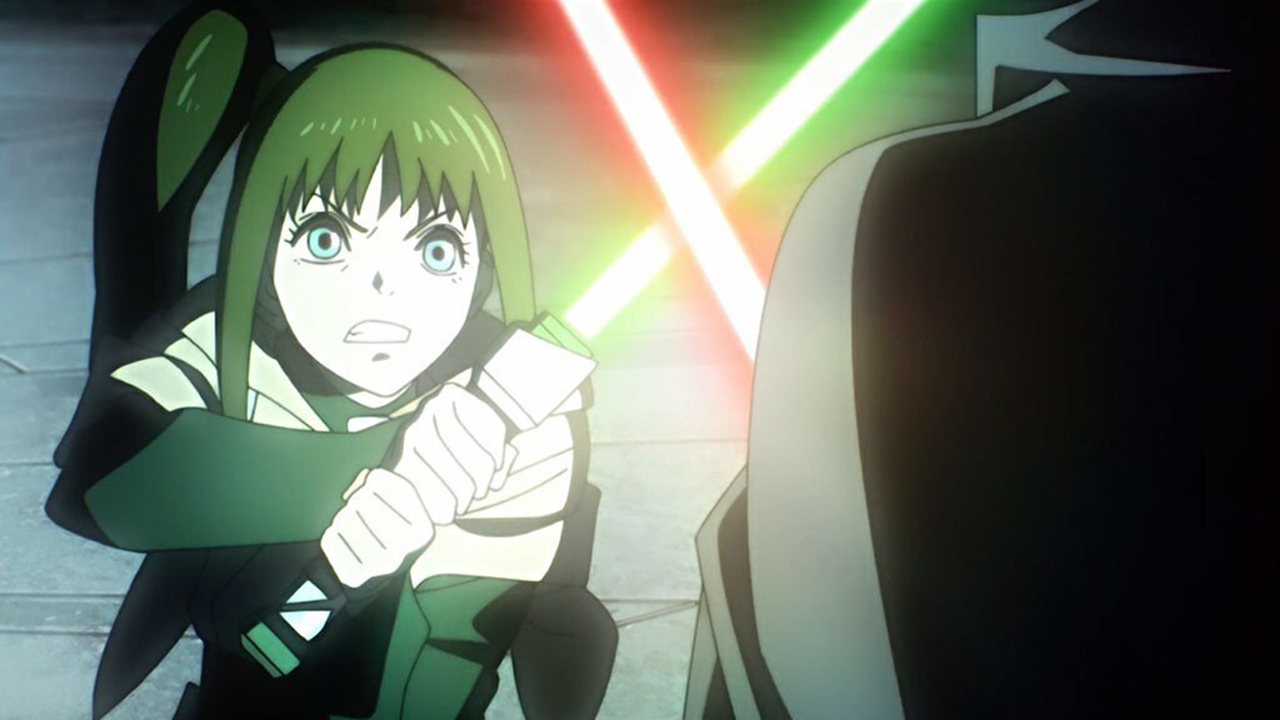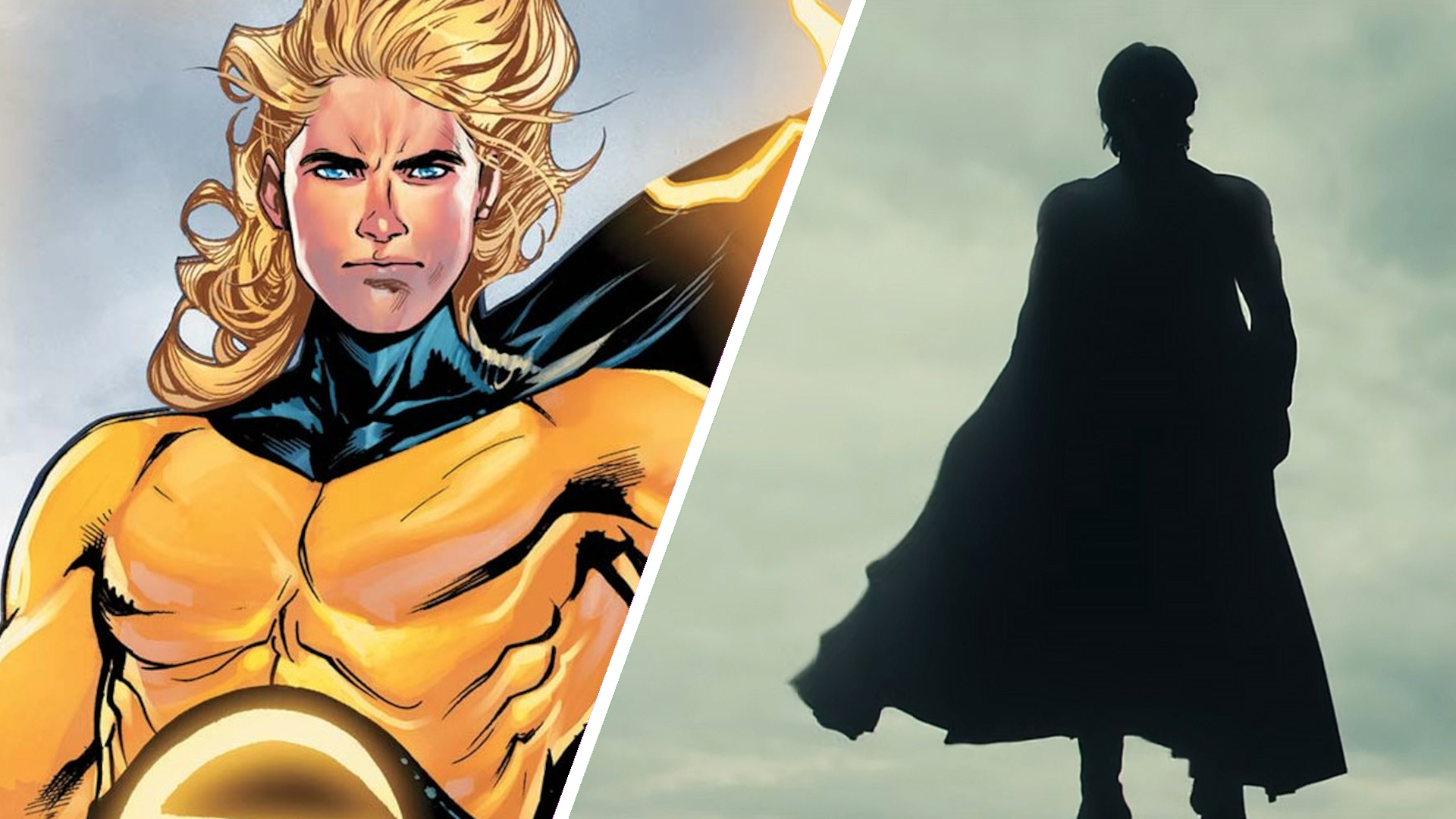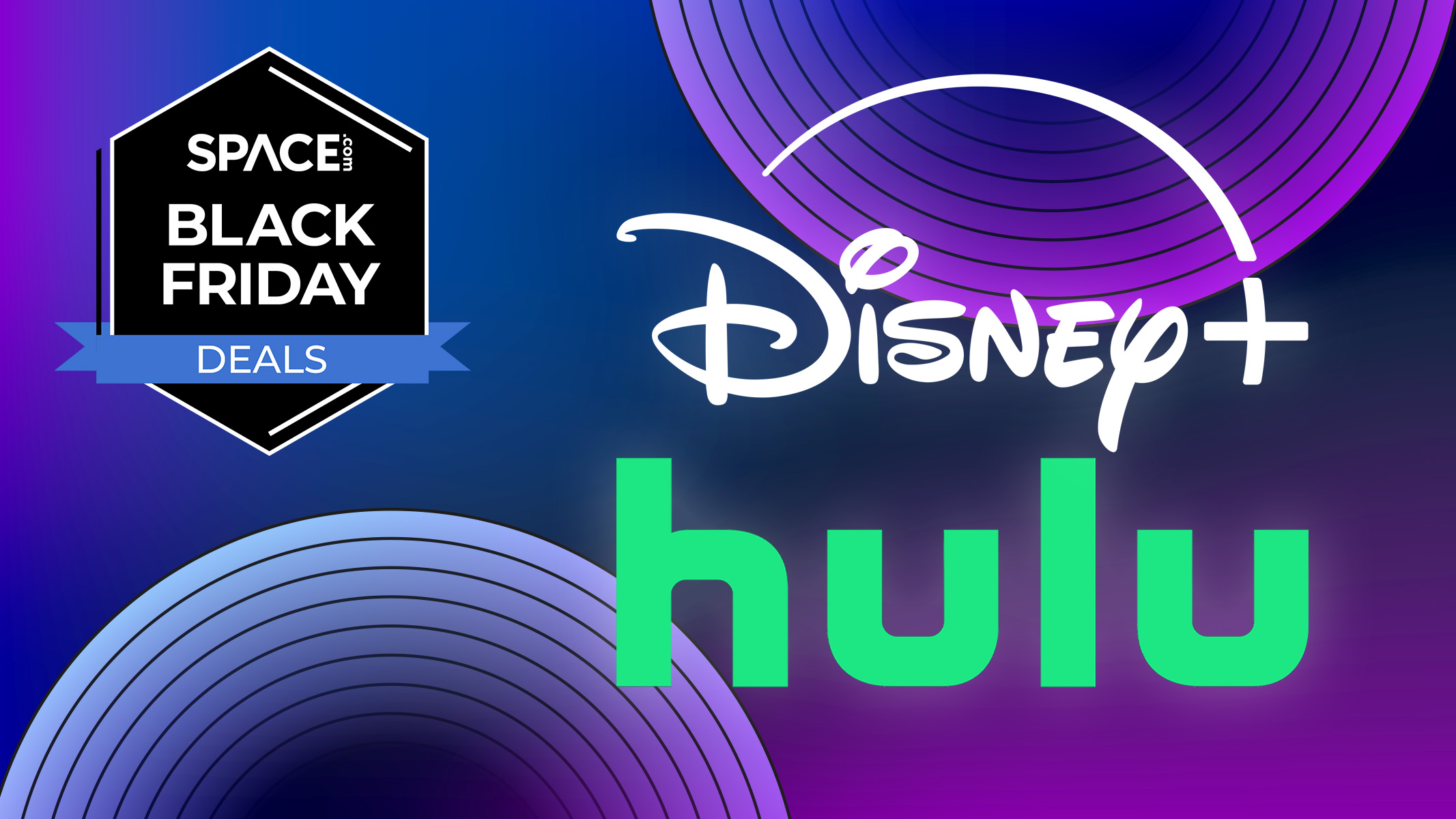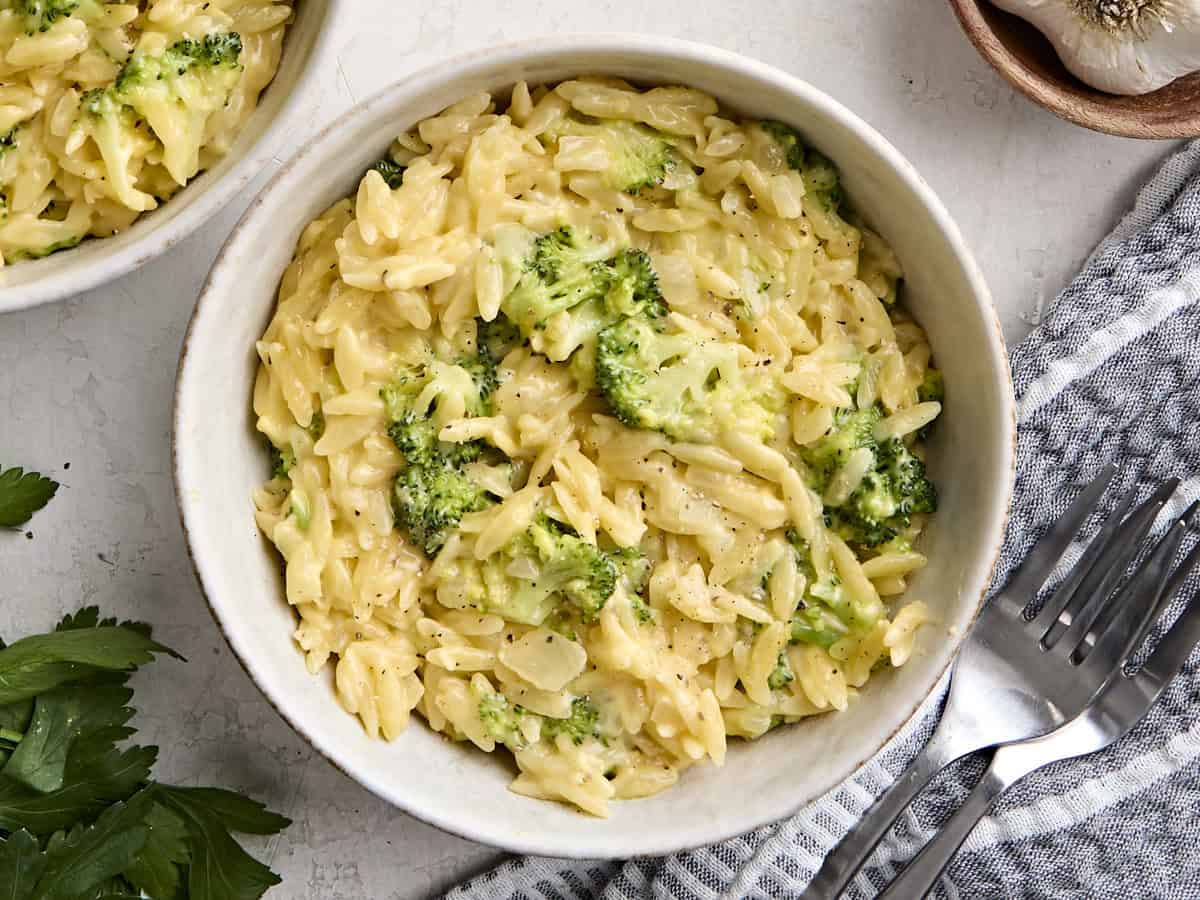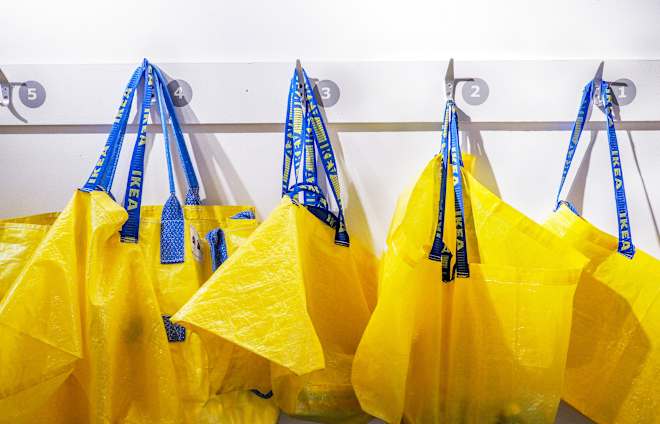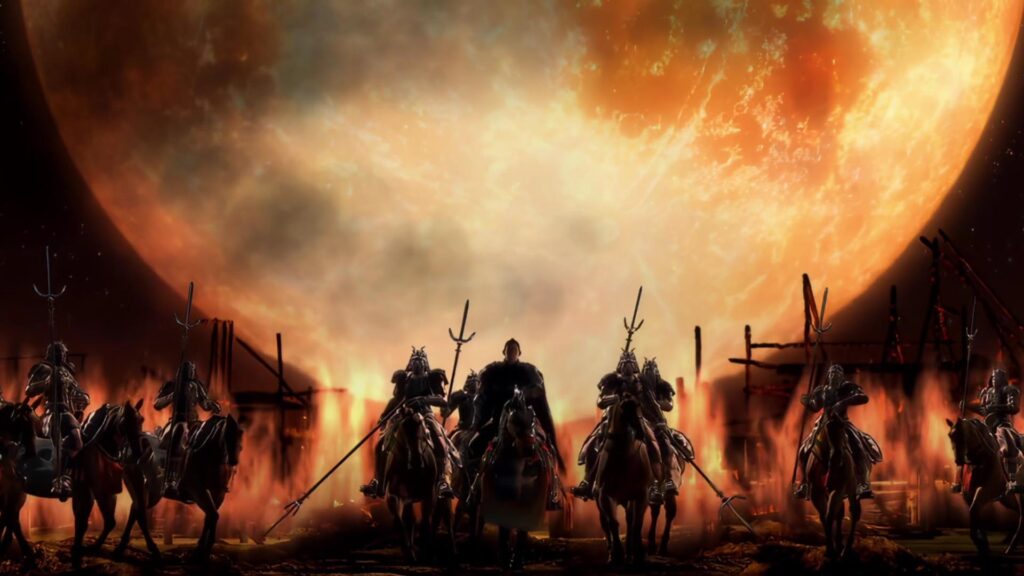How Capcom’s Remaster of Onimusha 2: Samurai’s Destiny Makes a Classic Game Better
The post How Capcom’s Remaster of Onimusha 2: Samurai’s Destiny Makes a Classic Game Better appeared first on Xbox Wire.

Summary
- We get nostalgic with a hands-on preview of the upcoming remaster of Onimusha 2: Samurai’s Destiny.
- Director Motohide Eshiro and Producer Kosuke Tanaka share insights into the development of this remaster.
- Onimusha 2: Samurai’s Destiny launches May 23, 2025, for Xbox One and Xbox Series X|S via backwards compatibility. Pre-order today on the Microsoft Store for Xbox.
Beyond the demon slaying, sword slicing, and grand adventuring that I was enjoying with the remaster of Onimusha 2: Samurai’s Destiny on Xbox, I think what I’m appreciating most is just how faithfully it sticks to its source material, retaining everything that makes the original such a fan-favorite, without losing any of its survival horror charm.
This thoroughly remastered version of Onimusha 2 puts you back in the shoes of the samurai Jubei Yagyu, battling the undead warlord Nobunaga Oda and his army of demons. Alongside his companions Oyu, Ekei, Magoichi, and Kotaro Fuma, Jubei’s adventure is now a cleaner, higher-res version of the original, with numerous quality-of-life features developed to make it more accessible to those newer to the series, and refined for those original fans who are looking to take a step back in time.
“The game’s unique visual style greatly benefits from an improved HD resolution and 60FPS performance, making the swordplay feel more responsive than ever,” says Director Motohide Eshiro. “Since TV screens have moved onto the widescreen format in the intervening years, we’ve also updated the game’s output to fill a wide display, which zooms the image in, and I think makes the battle scenes feel even more immersive and exciting.”
I agree. Swordplay is extremely responsive – I’m able to effectively strike and block, while the battles feel intimate. That’s especially true within temple corridors, as I slash away at an onslaught of demons, trying to master an issen hit (a powerful counterattack), and absorbing the souls of my enemies to gain XP.
“A new player picking up this remaster in 2025 should feel the same exhilaration as someone did in 2002,” adds Eshiro. “This meant retaining the game’s core features and charm, while bringing certain elements up to the modern standards gamers expect. We had access to the original game’s assets, and to be honest even in 2002 the original team had made them very high quality. If anything, the standard-definition CRT display technology of the time was holding these assets back from being appreciated in their original quality, so we have used a variety of modern upscaling and uprezzing techniques to bring out all their detail on modern HD displays. This includes the moving video elements of backgrounds, so areas such as flowing rivers look better than ever.”
One element that has changed is that you can now choose when to have Jubei transform into an Onimusha, making him invincible with a damage buff for a limited time. Previously this would happen automatically once you’ve acquired enough orbs – another soul-type you can absorb from defeated enemies but appears less frequently. I like this change –being able to save this powerful attack for when I really needed it is incredibly helpful, like when squaring off with a mini-boss or when facing down a particularly tough group of demons.
The affinity system has also returned, where certain items you find or purchase can be used as gifts. Jubei can give them to his companions, affecting who will help him during the game and can influence how the story unfolds. This sub-game remains surprisingly fun, as you work to find the best match for each companion, particularly because you can receive helpful items in return, like herbs for healing.
“There are also QOL features that, if we had not implemented them, would likely be a cause of frustration for modern gamers,” Eshiro explains further. “Although we love the cutscenes, you now have the option to skip them should you choose, and auto-save has been implemented to allow you to more easily play across multiple sessions. And of course, while you can stick to the so-called ‘tank controls’ of the original if you prefer, the ‘normal’ analogue controls have been added and fine-tuned to make for a very natural and direct gameplay experience.”
The sound and music have also been given some significant treatment, utilizing the original uncompressed audio to bring out every detail of the original composer Taro Iwashiro’s music. Eshiro mentions that the sound effects for both cutscenes and gameplay have been remixed in a way that respects the original game while making them feel at home on modern hardware. “Fans of the game’s soundtrack will also be pleased to know that if you pre-order, you can receive the Orchestra Album Selection Pack with beautiful orchestral arrangements of a selection of five tracks from the game,” adds Eshiro.
From what I’ve seen and played, which is roughly the first two hours of the game, I think the work put into Onimusha 2‘s remaster is a great example of modern game preservation. All of this comes across as a passion project for the team at Capcom, retaining the look and feel of the world, its characters, and even its classic UI.
In talking with Producer Kosuke Tanaka, I learned the team’s approach to the remaster of Onimusha 2 was always intended to faithfully recreate the original gameplay experience as closely as possible; a full remake would have been quite different and wasn’t what they were going for – you can expect those bigger changes in the brand-new Onimusha: Way of the Sword next year.
“Capcom has always held the stance that we want players to be able to experience our games as much as possible, and that means bringing them to various hardware platforms as well as remastering and producing compilations of titles that are only playable on defunct platforms,” explains Tanaka. “It’s been great to see how positive the reaction is [to the Onimusha 2 remaster]. It makes me feel the players respect the original game as much as I do.”
It has been a long time since a mainline Onimusha game was released and it’s exciting to see this remaster arriving now in the lead up to the new game’s launch in 2026.“We released a remaster of the first Onimusha in 2019, and various circumstances meant that it’s taken until now to follow it up with Onimusha 2,” explains Tanaka. “However, this project has been running alongside the new title, Onimusha: Way of the Sword, so the timing has worked out quite well — players who want a brand new Onimusha have a treat in store.”
There’s no shortage of remasters these days on modern consoles, but few have so effectively blended nostalgia with modern enhancements. There’s plenty here for long-time fans and newcomers to appreciate. Even though the game is over two decades old, it’s clear its original formula of samurai survival horror is one that has been able to stand the test of time.
“While there are more samurai and swordplay-themed games around today than there were when Onimusha 2 originally came out, I think this game still has a quality whose brilliance hasn’t dulled in the almost 25 years since,” says Eshiro. “The combination of Sengoku-era settings and characters with a dark, demonic fantasy theme and ultra-responsive combat, as well as RPG elements such as the character affinity system, make this a unique experience, so please check it out when the remaster releases on May 23!”
Onimusha 2: Samurai’s Destiny launches May 23, 2025, for Xbox One and Xbox Series X|S via backwards compatibility. Pre-order today on the Microsoft Store for Xbox.
Onimusha 2: Samurai's Destiny
CAPCOM CO., LTD.
The post How Capcom’s Remaster of Onimusha 2: Samurai’s Destiny Makes a Classic Game Better appeared first on Xbox Wire.










